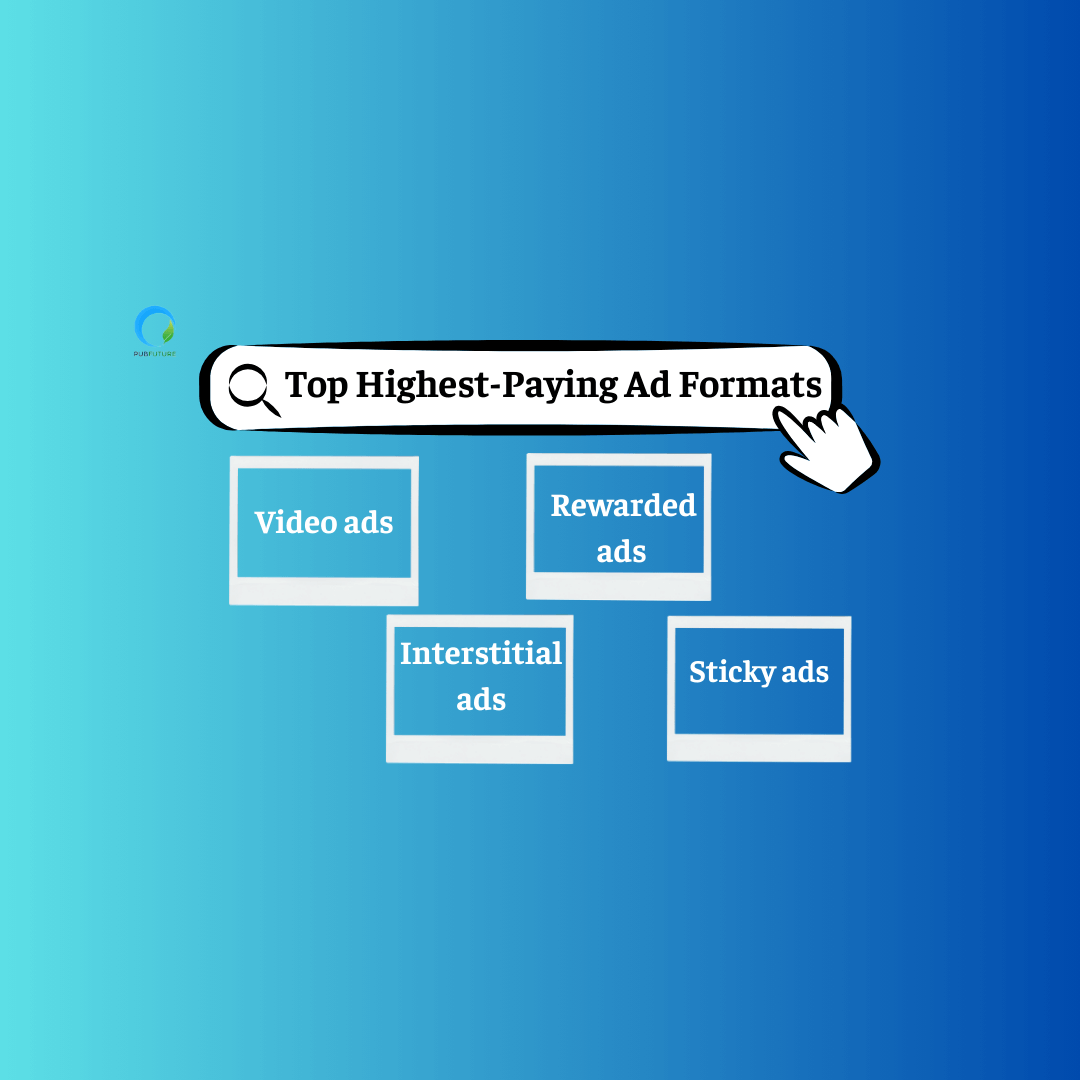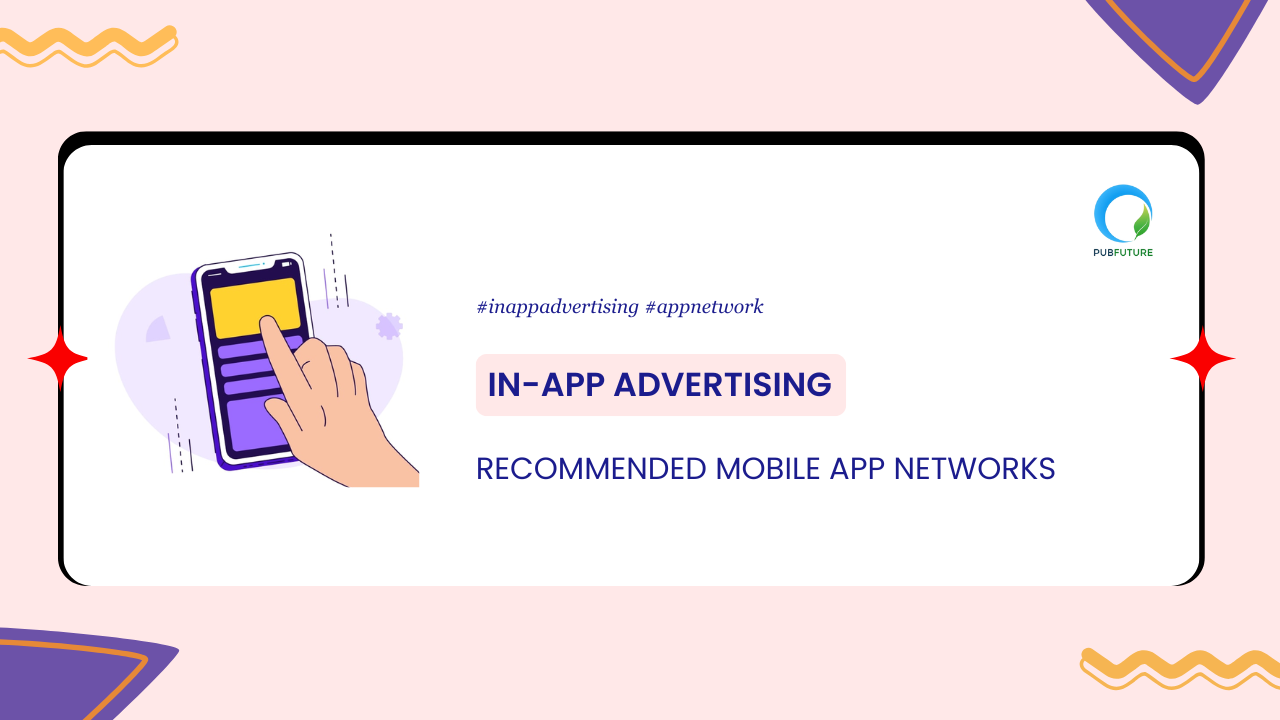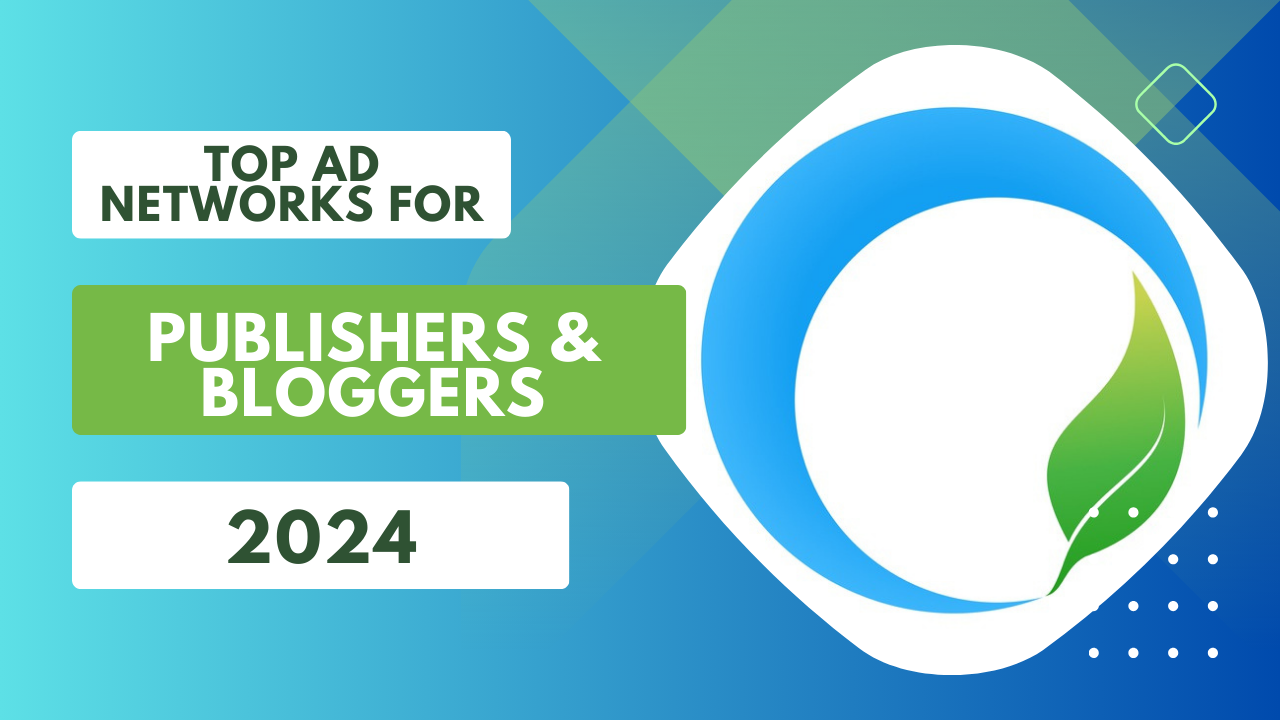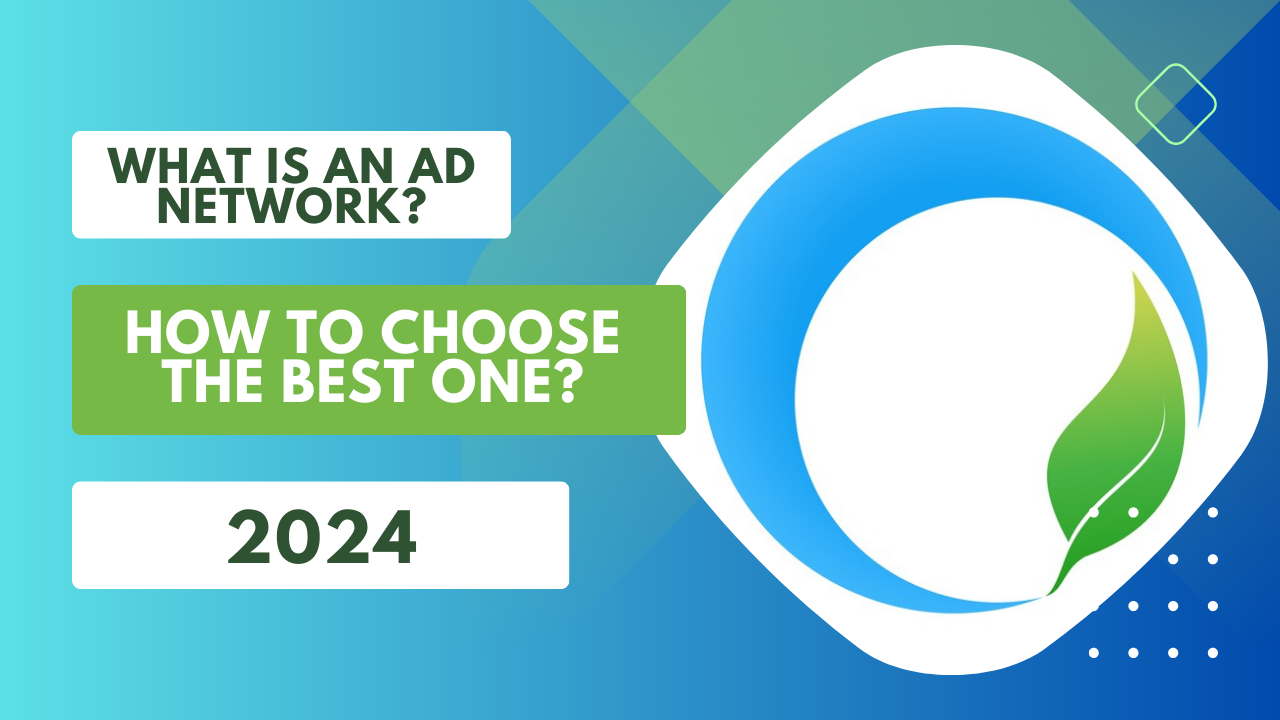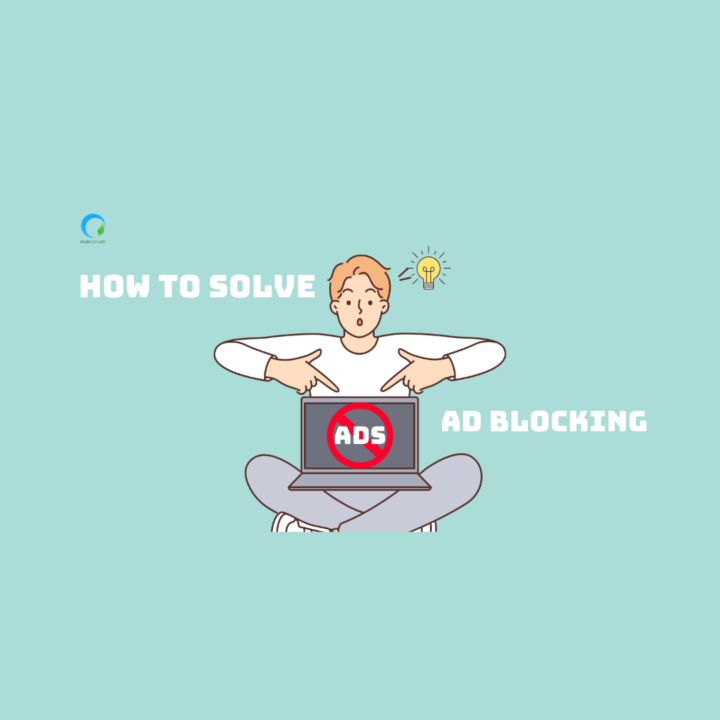Are you a publisher constantly searching for ad formats that deliver high engagement and maximize revenue, wondering which ones to run on your website to boost ad income? Choosing the right ad format can greatly impact revenue potential, especially as advertisers prioritize viewability, engagement, and user experience. This blog is for you. Here are the top of the highest-paying ad formats for publishers, each offering unique benefits and revenue-generating potential.
1. Video Ads
Video advertising represents a method of promotion that employs videos to market products, services, or brands. This advertising approach has gained significant traction, especially in the digital era, owing to the accessibility and efficacy of video content.
Video advertising serves as an effective means to swiftly engage a vast audience. It possesses the capacity to forge robust relationships with prospective customers and elevate conversion rates—an indicator of customer engagement—beyond that of any other online marketing method.
Below are 2 main types of video ads that publishers cannot ignore to increase advertising revenue for their websites.
In-Stream Video Ads
It is the process of displaying ads either inside online video content – usually before, during or after a video stream, known as pre-roll, mid-roll, and post-roll – or as standalone ads. These formats is suitable for websites that have built-in players such as streaming websites, gaming sites, and film sites.
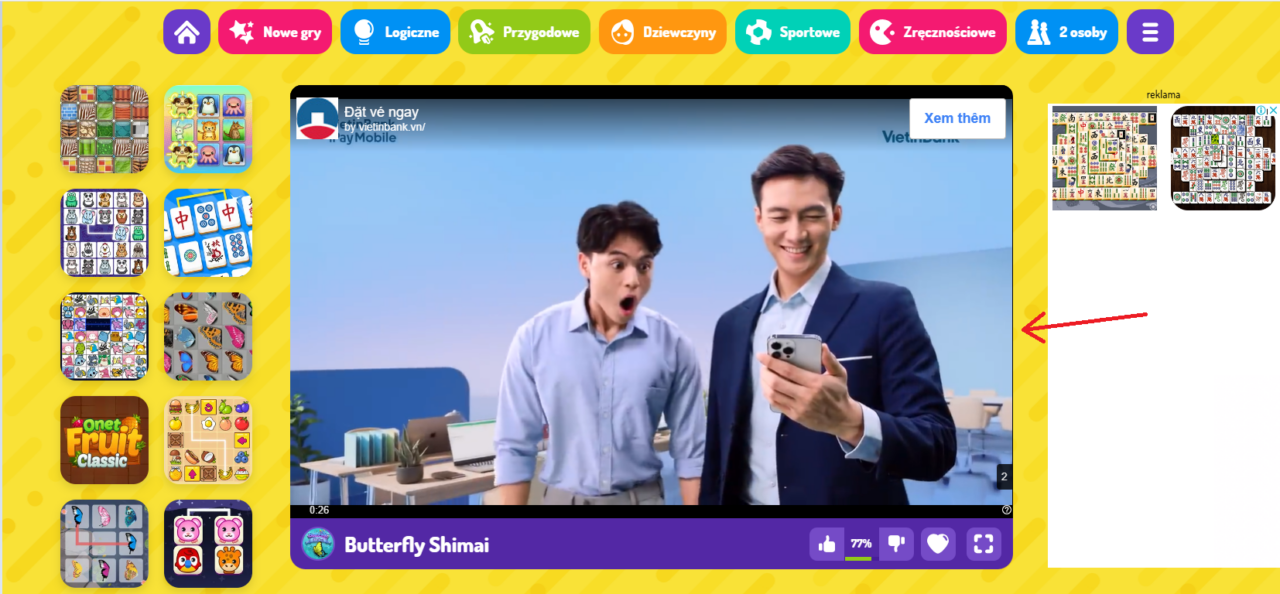
Out-Stream Video Ads
Unlike in-stream ads, out-stream ads don’t require video content to play within. They appear within other content types, like articles or blogs, and are often embedded within text, appearing as the user scrolls. For example, in-read or in-article video ads play within a block of text, often pausing if the user scrolls past them. In-banner video ads, a subtype of out-stream ads, play within traditional banner ad spaces.

Source: blognife.com
Why Video Ad Pays Well
- Enhanced Engagement
Video advertisement is highly engaging, effectively capturing attention and encouraging interaction by integrating visuals and audio. In comparison to text or banner advertisements, video ads yield a higher click-through rate (CTR) and greater levels of engagement.
- Increased conversion rates
Video advertisements serve as an effective means to achieve high conversion rates. Demonstrating products or services in use can leave a significant emotional impact on viewers. Furthermore, incorporating a persuasive call to action can encourage the audience to take subsequent steps, such as making a purchase or registering for a service.
- Flexibility in Targeting and Interactivity
Video banner ads can be integrated with programmatic platforms that enable advanced targeting, allowing advertisers to reach their desired audiences more effectively. This precision means advertisers are willing to pay more to ensure they’re reaching the right users.
Many video banner ads come with clickable elements, such as calls to action (CTAs), which further boost engagement. Some even include interactive elements like product galleries or social share buttons, making them highly versatile. These interactive features increase the potential for conversions, which advertisers value.
- Premium Demand from Advertisers
As video becomes more central to digital marketing strategies, advertisers are actively seeking high-quality placements for video ads. The format is in high demand across industries, which drives up prices and benefits publishers who can offer video ad placements.
Video banner ads often generate better returns on investment (ROI) due to their high engagement, viewability, and conversion potential. Because they are more likely to deliver results, advertisers are willing to pay more, and publishers benefit from this premium demand.
2. Interstitial Ads
Interstitial ads are one of the highest-paying ad formats due to their full-screen, highly engaging nature and strategic placement. These ads appear between content during transitions, such as when users navigate between pages or complete actions in an app, like moving between activities or game levels. Users can choose to engage with the ad and proceed to its destination or dismiss it to return to the app.
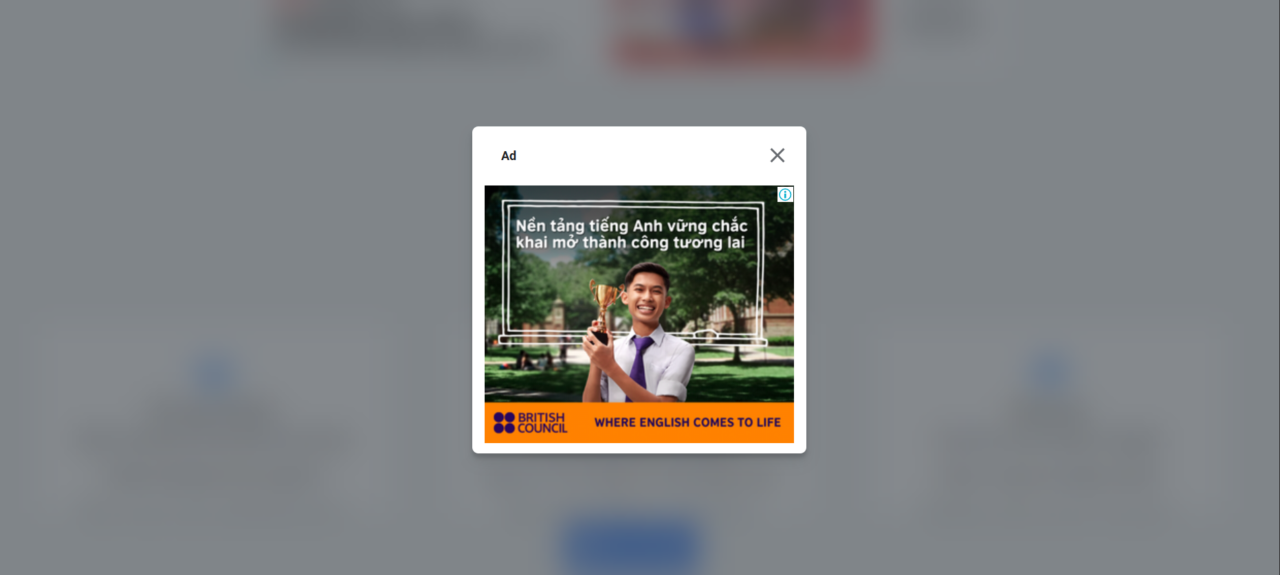
Why It Pays Well
- High Visibility and Attention-Grabbing
Interstitial ads cover the entire screen, capturing the user’s full attention without competition from other content. This creates a more immersive experience than standard banner ads, which are often overlooked. By occupying the full screen, interstitial ads are more likely to attract user interaction and clicks, making them highly appealing to advertisers aiming for high engagement and click-through rates (CTR).
- Placement at Natural Break Points
Interstitial ads appear at natural transitions, such as between levels in a game, between articles, or when navigating to a new section of an app or site. This placement minimizes disruption, meaning users are less likely to feel interrupted and more likely to engage with the ad.
This natural flow and high visibility lead to increased effectiveness and make users more receptive, leading advertisers to see a higher return on investment (ROI)
- Strong Performance Metrics
Interstitial ads often outperform other formats in CTR and conversions, as users are fully focused on the ad and more likely to take action. This makes them highly valuable for performance-driven campaigns. Due to their full-screen nature, interstitial ads typically have higher effective cost per mille (CPM) impressions. High impressions are especially valuable for app developers aiming to maximize ad revenue, particularly when combined with Google App campaigns.
3. Rewarded Ads
Rewarded advertising refers to a form of advertising that incentivizes users by offering rewards in return for their participation. These advertisements encourage users to perform specific tasks in order to receive benefits within the associated application or website.
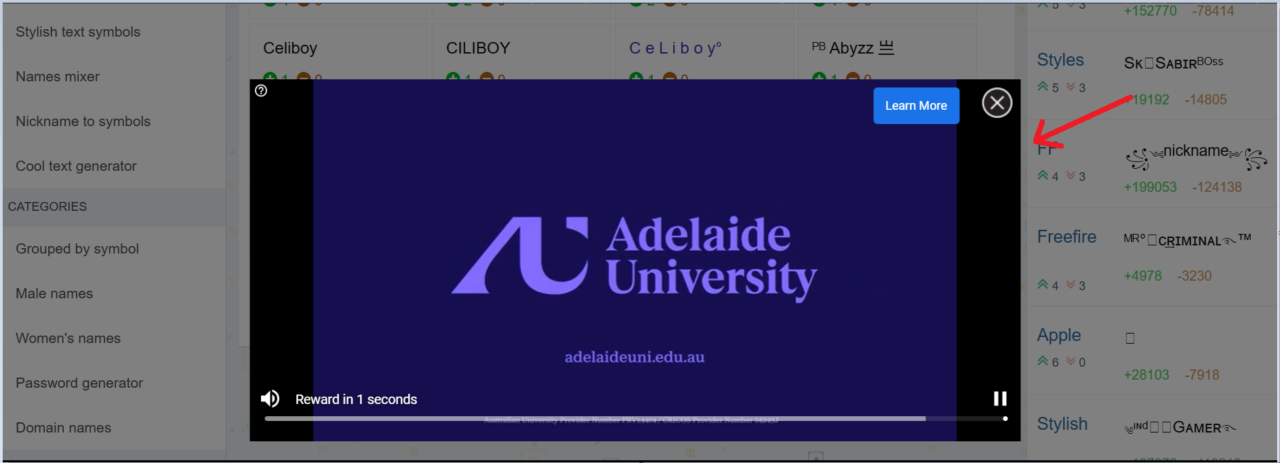
Why It Pays Well
- High Engagement and Completion Rates
Unlike other ad formats, rewarded ads are user-initiated, meaning viewers voluntarily choose to watch them to receive a reward (e.g., in-game currency, extra lives, exclusive content). This voluntary engagement leads to near-100% completion rates, which are extremely attractive to advertisers.
Because users are motivated by a tangible reward, they are more likely to pay full attention to the ad, which increases the likelihood of message retention and potential conversion.
- Positive User Experience
Rewarded ads are typically presented as optional, so users feel in control and don’t experience the interruption common with other ad formats. This choice-based approach minimizes the risk of negative reactions, fostering a positive brand association.
By offering something of value, rewarded ads create a win-win situation where users feel they are gaining something from watching the ad. This adds value to the user experience, making it less likely that they will find the ad disruptive.
- Effective for Performance Marketing
Rewarded ads engage users already invested in the app or platform, leading to higher conversion rates than other formats, as these users are more responsive to calls to action like downloading an app, signing up, or making a purchase.
The high completion and conversion rates of rewarded ads provide strong returns on ad spend for advertisers, driving up demand and allowing publishers to charge higher ad rates.
4. Sticky Ads
Sticky ads, also known as anchor ads, are ads that stay fixed on the user’s screen regardless of scrolling. As the name suggests, these ads remain visible in the viewport throughout the user’s session on the webpage.

Source: infoxiao.com
Why It Pays Well
- High Viewability and Engagement
Sticky ads “stick” to a specific position on the screen, even as the user scrolls. Because they remain visible for an extended time, ensuring more opportunities for users to see and engage with the ad.
- Effective for Both Desktop and Mobile
Sticky ads work well on both desktop and mobile devices, where screen real estate is at a premium. On mobile, sticky ads are typically placed at the top or bottom of the screen, making them non-intrusive yet highly visible.
Many sticky ads are positioned in areas that don’t interfere with content, like the sidebar (desktop) or bottom (mobile). This strategic positioning helps maintain user experience while achieving high ad visibility, which leads advertisers to pay more for the placement.
- Strong Performance for Performance-Driven Campaigns
Sticky ads’ extended visibility increases click likelihood and boost conversion rates, making them ideal for campaigns focused on clicks and direct conversions.
Sticky ads are especially effective in retargeting campaigns where continuous brand exposure is key to persuading users to take action. This makes them popular among advertisers focused on moving users down the sales funnel.
Conclusion
Each ad format offers unique advantages and revenue potential for publishers. Therefore, in a competitive landscape, finding the right balance between ad revenue and user satisfaction is essential.
Now you know the best formats for your website. The next step is to find ad networks that can provide you with those formats. This might take a lot of your time because not all ad networks can provide all of the above formats. Don’t worry; instead, join Pubfuture. We support all the formats mentioned above and many more. Moreover, with our experience, we’re confident we can help you optimize ads and boost revenue beyond other networks. So, don’t hesitate to join us and explore now!




